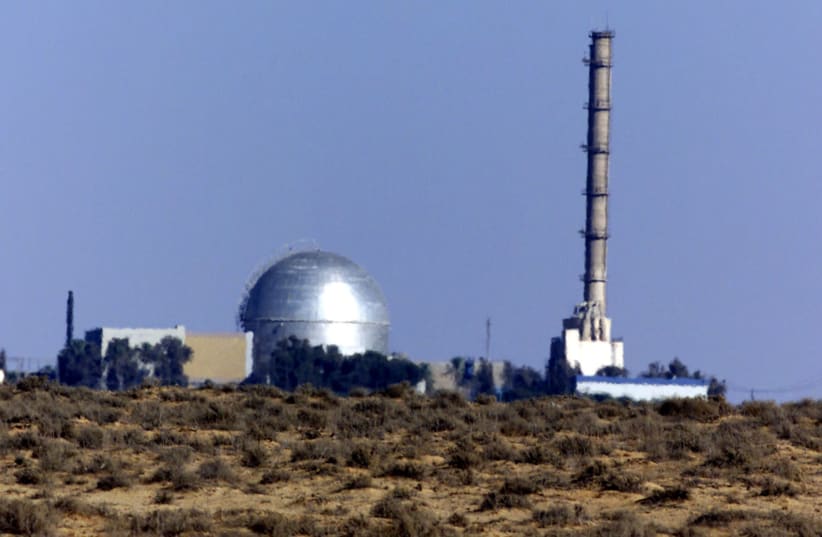Experts agree Dimona nuke reactor can exceed original life expectancy
"The full lifespan of a nuclear reactor is customarily considered to be 40 years... a reactor’s lifespan may be doubled through improvements and upgrades without diminishing its safety.”
